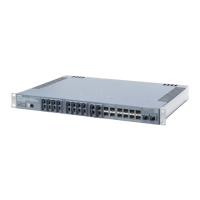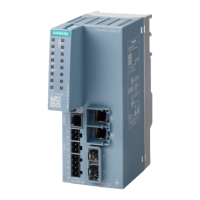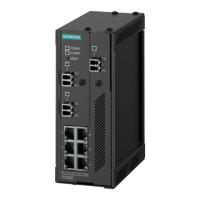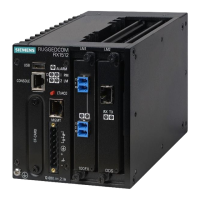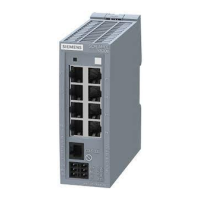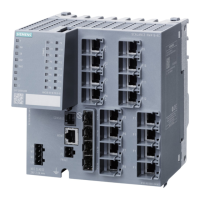Configuration and operation
5.7 Types of transmission, event classes, triggers
CP 1243-1 DNP3, CP 1243-1 IEC
Operating Instructions, 02/2014, C79000-G8976-C312-02
41
Event classes for the IEC protocol
The process data of the various event classes is handled as follows:
●
Each value change is entered in the send buffer in chronological order.
●
Only the current value at the time the trigger condition was met is entered in the image
memory and overwrites the last value stored there.
Various trigger types are available for event-driven transfer:
●
The value of the data point is transferred when this reaches a certain threshold. The
threshold is calculated as the difference compared with the last stored value, refer to the
section Threshold value trigger (Page 54).
●
The value of the data point is transferred at configurable intervals or at a specific time of
day.
●
The value of the data point is transferred when a configurable trigger signal is fired. For
the trigger signal, the edge change (0 → 1) of a trigger bit is evaluated that is set by the
user program. When necessary, a separate trigger bit can be configured for each data
point.
Resetting the trigger bit
If the memory area of the trigger bit is in the bit memory or in a data block, the trigger bit is
reset to zero when the data point is transferred.
Generation of events if a data point status changes
The status IDs of the data points described in the section Communications services (Page 9)
also cause event-driven transfer.
With data points that were configured as an event, a change in a status bit causes an event
to be generated and therefore results in unsolicited transfer.
Example: If the status "RESTART" or "NT" of a data point configured as an event changes to
"Value updated" when the station starts up, this causes the transfer of the value.
